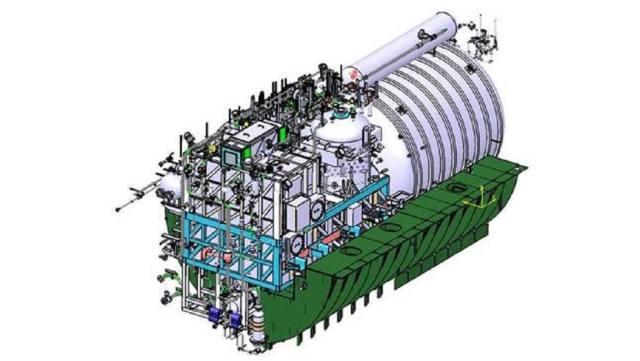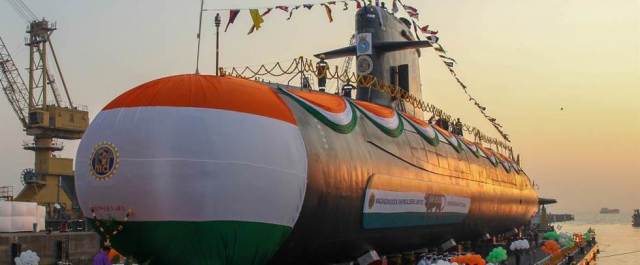Indian submarines of the Kalvari type will be able to stay under water many times longer. Yesterday, March 9, portal navalnews.com He reported that the Defense Research and Development Organization (DRDO) of the Ministry of Defense of India has conducted tests of a domestic anaerobic engine for submarines.
DRDO points out that the new power plant was developed by the Marine Materials Research Laboratory (NMRL) at DRDO together with L&T and Thermax. Unlike its counterparts, the Indian development "is unique because the hydrogen is generated on board."

Rendering of an Indian anaerobic engine
Image source: navalnews.com
The anaerobic engine was tested on Monday, March 8. According to the developers, during the bench tests of a sample of an anaerobic fuel cell engine, " the installation worked in the maximum power mode in accordance with the customer's requirements."
Initially, it was planned that the anaerobic installations would be used on the fifth and sixth Kalvari submarines. But due to delays in development, it was decided that the new power systems would be installed in the submarines as part of their scheduled repairs, which should be carried out every seven years. At the same time, the length of the submarines will increase from 67.5 m to 77.5 m.
There are several types of anaerobic plants. For example, an air-independent submarine engine being developed in Russia turns diesel fuel into electricity without requiring air. The fuel is converted to hydrogen — containing gas, and the gas is converted to pure hydrogen, which is then fed to hydrogen-oxygen fuel cells, where an electric current is generated. All this process takes place almost silently, and therefore the noise level of the submarine on the anaerobic course is lower than natural sea noise. In addition, the crew is required to surface less often, which significantly increases the stealth of the submarine.

